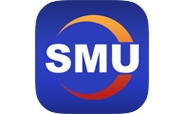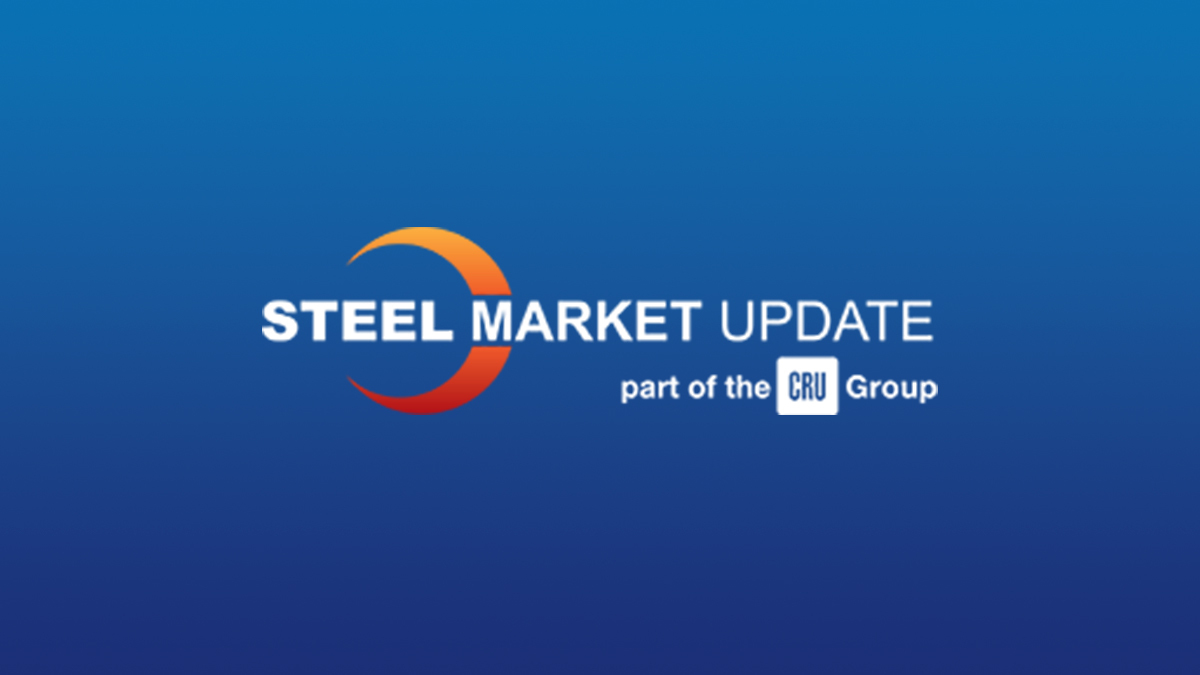SMU Community Chat

Industry, Economy on Road to Recovery, Says Head of NLMK USA
Written by Sandy Williams
June 11, 2020
Markets are vastly improved from where they were two months ago, said James Banker, Executive Vice President of NLMK USA, during Steel Market Update’s Community Chat on Wednesday. Conditions seem good, mostly because they are coming off a “really awful period,” he said.
NLMK USA relies on its customers for information about the market, and they are reporting that none were shut down entirely during the pandemic and the government response to both the pandemic and resulting recession has been positive. “Customers took advantage of government help and weathered the storms,” Banker said.
Construction market sources are reporting a number of new projects that will create demand for appliances, heating and air-conditioning. The auto industry was affected not by lack of demand but by disruption to the supply chain, said Banker. Walk-in traffic at dealerships is good and there is pent-up demand for new vehicles. Energy was declared dead but is making a comeback with the price of oil back up to $40 per barrel. Service centers are working through inventory that was on hand before the pandemic and will be looking to buy soon.
During the webinar, SMU CEO and President John Packard asked Banker to opine on supply and demand in light of the idling of blast furnaces and the new electric arc furnaces planned to come online.
“It was unprecedented how quickly the industry reacted to the pandemic,” said Banker. Mills rapidly recognized the situation and took blast furnaces down quickly. “Bringing a blast furnace back on is a career-enhancing or a career-ending decision,” he said. “Timing is critical.” Blast furnace operators are not keen to restart and then find themselves in a situation where they have to take a furnace back down again.
Banker said the industry was fairly well balanced before the pandemic, so he expects all of the idled blast furnaces to eventually return to service except those that have been designated as permanently closed. If the recovery should be slower than anticipated and drag into next year when new EAFs begin production, some steel producers may think twice about restarting their furnaces.
U.S. Steel plans to intermittently bring their blast furnaces up or down depending on market conditions. Such a strategy is doable, but expensive and hard on refractories, Banker said. To keep a furnace on hot idle, it must be constantly reloaded with fuel to ensure that molten iron does not solidify, adding to costs while not getting any production in return. The situation highlights the flexibility and lower costs of the EAFs The future of steel is in EAFs, not blast furnaces, Banker added.
When asked if some steel producers may reutilize blast furnaces for slab production, Banker said he would welcome new domestic sources. NLMK USA has been running below capacity due to its inability to source foreign slabs for its conversion mills due to the Section 232 tariffs that restrict slab imports. NLMK USA is pursuing litigation with the Court of International Trade (CIT) seeking exclusion status in order to import the 10-inch-thick slabs its rolling mills require. Domestic mills claim there is adequate slab production in the U.S., but none have stepped up to provide the tonnage or size of slab that NLMK needs, Banker said.
Banker is not a fan of the Section 232 tariffs, which he called a “blunt instrument.” The antidumping and countervailing duties already in place were controlling excessive imports. NLMK’s conversion model is a viable and longstanding part of the steel industry, he said. Yet U.S. quotas and tariffs distort NLMK’s ability to acquire slabs on the world market. Competitors in Canada and Mexico can buy slabs from anywhere in the world, convert them and bring them into the U.S. Why does that make sense, Banker asked, when the U.S. has its own conversion mills that could fill customer needs?
On the subject of steel price increases, Banker said he is an optimist. If demand improves, prices typically go up. “If supply comes up faster than demand, we may see some reduction in prices. The whole restart of the economy is somewhat uncharted because of the scale of pandemic impact,” he added.
If the election this fall brings a change of administration, will it also bring changes in trade policy? Most administrations bring change with them, said Banker. “The party out of control is super critical of party in control right now,” he said. “As a more conservative person, I would not welcome those changes. Even though 232 is not great, other economic policies and response to the pandemic have been pretty good.”

Sandy Williams
Read more from Sandy WilliamsLatest in SMU Community Chat

SMU Community Chat: CRU analysts discuss shifting metallics mart tangled by tariffs
With steel prices drifting and trade flows shifting, CRU analysts provided a grounded look at what's really happening — and what's not — across the metallics supply chain during Wednesday's SMU Community Chat.

Register for the next SMU Community Chat with ISM CEO Tom Derry!
Institute for Supply Management CEO Tom Derry will join SMU for our next Community Chat on Wednesday, July 23, at 11 a.m. ET (10 a.m. CT)

SMU Community Chat replay now available
The latest SMU Community Chat webinar reply featuring Thais Terzian and Frank Nikolic of CRU Group, is now available on our website to all members. After logging in at steelmarketupdate.com, visit the community tab and look under the “previous webinars” section of the dropdown menu. All past Community Chat webinars are also available under that selection. If you need […]

SMU Community Chat: CRU analysts Thais Terzian and Frank Nikolic on Wednesday
CRU analysts Thais Terzian and Frank Nikolic will be the featured guests on the next SMU Community Chat on Wednesday, July 9, at 11 am ET.

SMU Community Chat: CRU analysts Thais Terzian and Frank Nikolic on Wednesday
CRU analysts Thais Terzian and Frank Nikolic will be the featured guests on the next SMU Community Chat on Wednesday, July 9, at 11 am ET. The live webinar is free for anyone to attend. A recording will be available to SMU subscribers.
